Microsoft presents ResLoRA
Identity residual mapping in low-rank adaption.
Join the discussion on this paper page.
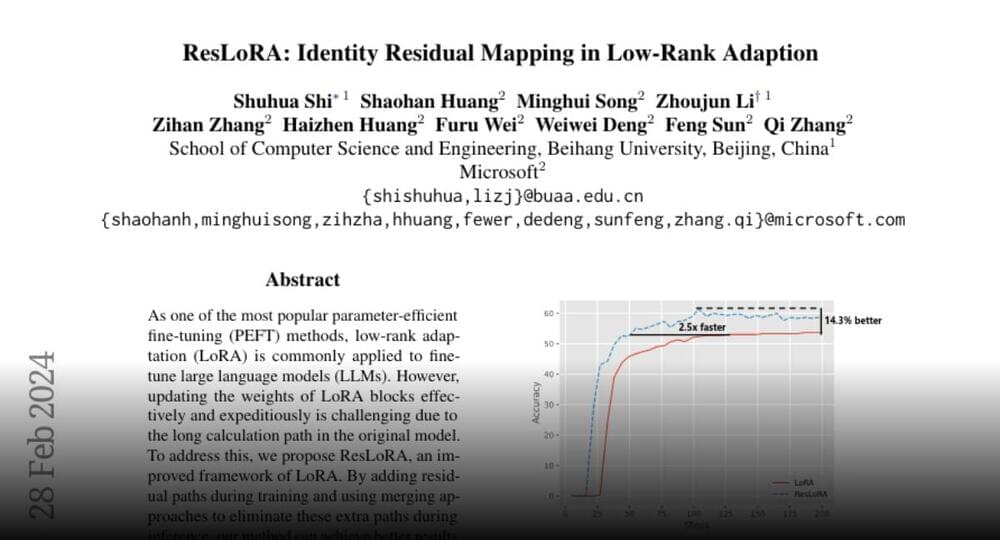
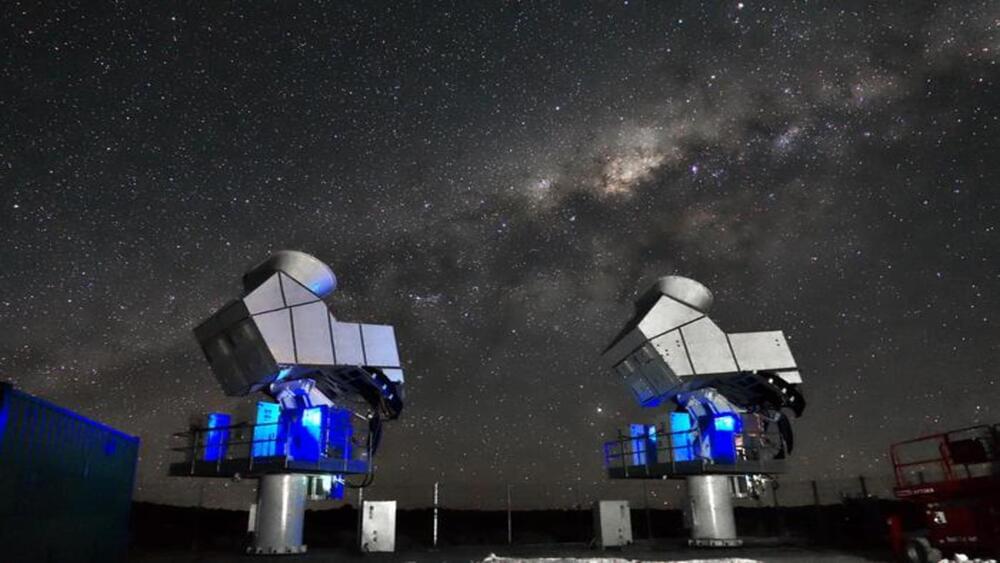
We are always making strides to unravel the mysteries of our universe. Now, a small observatory nestled in the Andes mountains of northern Chile has provided a snapshot of the cosmos in space. This one is clearer than we imagined.
The U.S. National Science Foundation Cosmology Large Angular Scale Surveyor (CLASS), spearheaded by astrophysicists from Johns Hopkins University, mapped a whopping 75 percent of the sky.
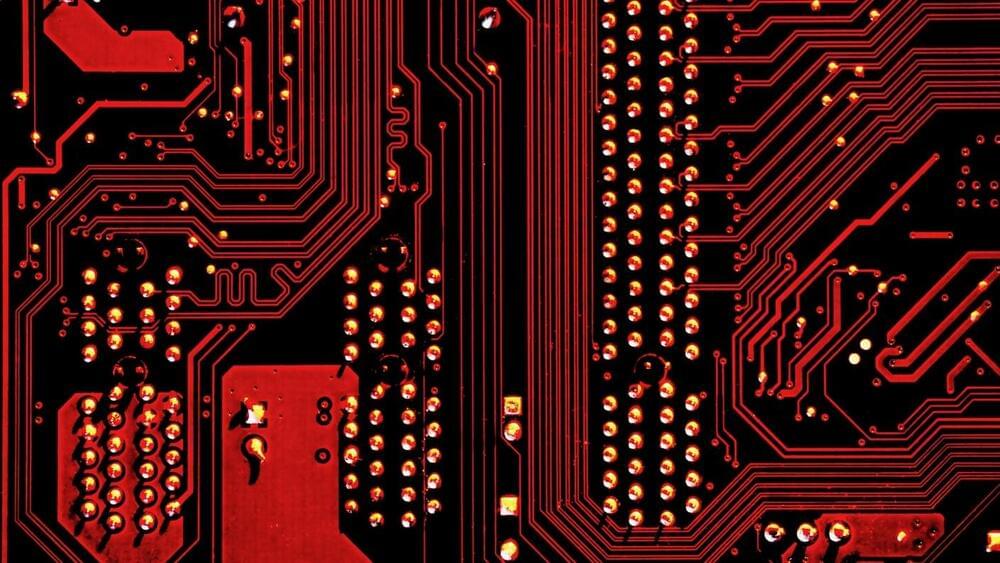
One major area of our lives that uses largely “hidden” AI is transportation. Millions of flights and train trips are coordinated by AI all over the world. These AI systems are meant to optimize schedules to reduce costs and maximize efficiency.
Artificial intelligence can also manage real-time road traffic by analyzing traffic patterns, volume and other factors, and then adjusting traffic lights and signals accordingly. Navigation apps like Google Maps also use AI optimization algorithms to find the best path in their navigation systems.
AI is also present in various everyday items. Robot vacuum cleaners use AI software to process all their sensor inputs and deftly navigate our homes.
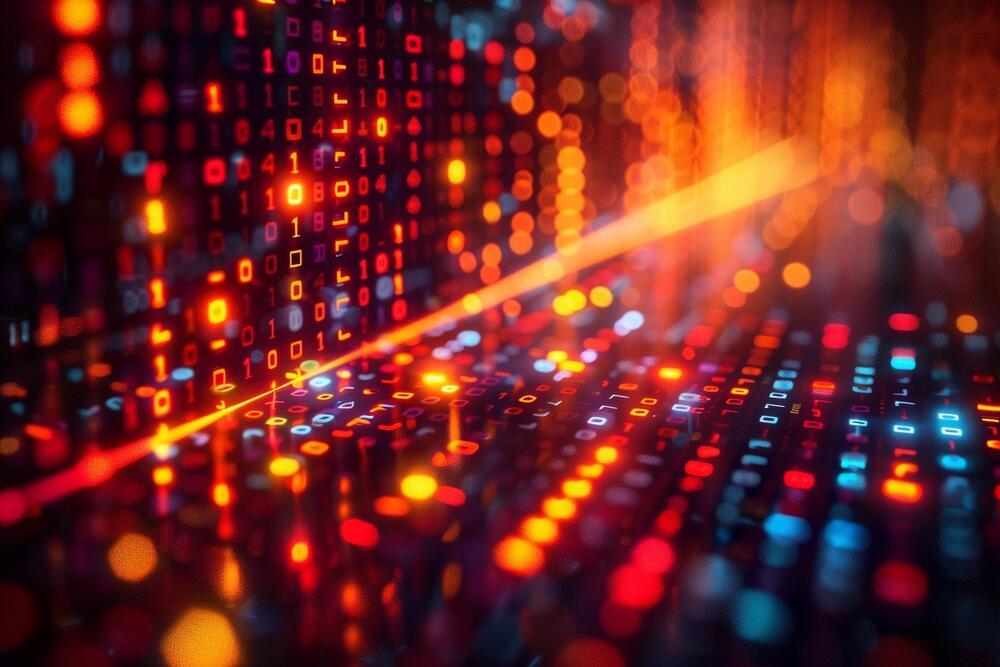
Researchers develop a computer from an array of VCSELs with optical feedback.
In our data-driven era, solving complex problems efficiently is crucial. However, traditional computers often struggle with this task when dealing with a large number of interacting variables, leading to inefficiencies such as the von Neumann bottleneck. A new type of collective state computing has emerged to address this issue by mapping these optimization problems onto something called the Ising problem in magnetism.
Understanding the Ising Problem.
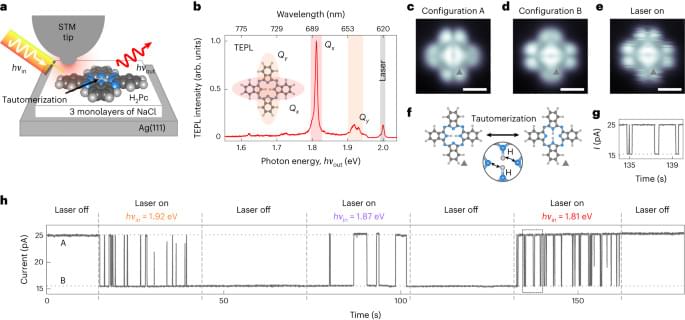
Weak laser light confined at the apex of a scanning tunnelling microscope tip can drive the tautomerization of a free-base phthalocyanine with atomic-scale precision. The combination of tip-enhanced photoluminescence spectroscopy and hyperspectral mapping paired with theoretical modelling then unravel an excited-state mediated reaction.
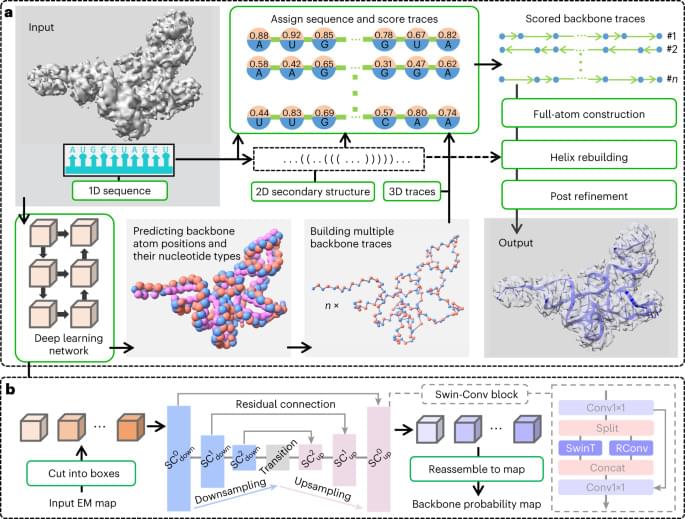
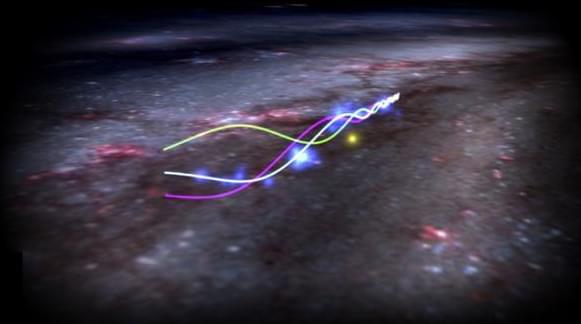
“It’s the largest coherent structure that we know of, and it’s really, really close to us,” said study co-author, Dr. Catherine Zucker.
A recent study published in Nature investigates further evidence that a gaseous cloud both looks and behaves like an oscillating ocean wave, giving birth to new stars as it traverses the Milky Way Galaxy, which has since been dubbed the Radcliffe Wave. This study was conducted by an international team of researchers led by the Center for Astrophysics | Harvard & Smithsonian and holds the potential to help astronomers better understand the beautiful and fascinating aspects of our cosmos.
Image obtained from an animation of the Radcliffe Wave with our Sun (yellow dot). (Credit: Ralf Konietzka, Alyssa Goodman, and WorldWide Telescope)
This study builds on a 2020 study used data from the European Space Agency’s Gaia mission to build a 3D dust map demonstrating that the Radcliffe Wave was there, but the data proved inconclusive pertaining to the movement of the dust cloud. The Radcliffe Wave is approximately 500 light-years from Earth and stretches 9,000 light-years across, making it an ideal target for astronomers to examine. For this most recent study, the team used updated Gaia data to build new 3D maps that demonstrated the Radcliffe Wave both looks and moves like a wave.
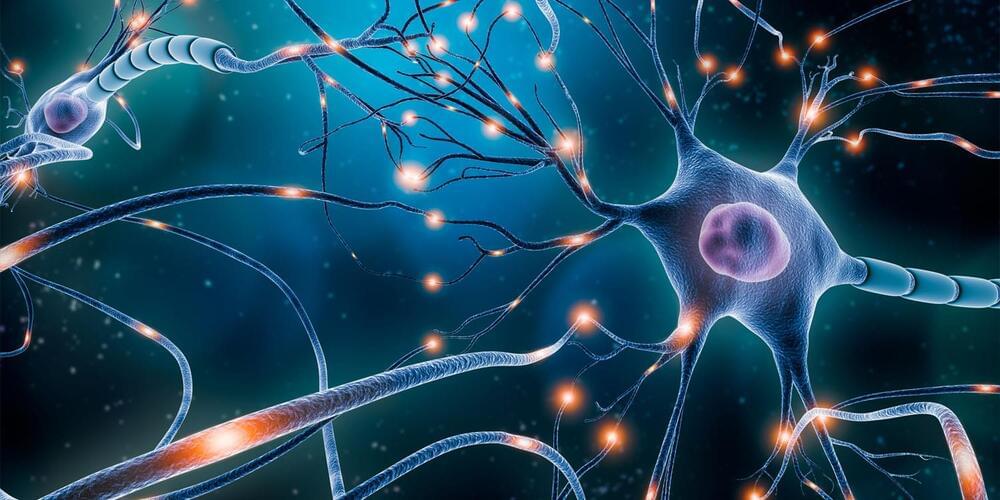
A new study by researchers at UC San Francisco provides new insight into how the brain processes musical melodies. Through precise mapping of the cerebral cortex, the study uncovered that our brains process music by not only discerning pitch and the direction of pitch changes but also by predicting the sequence of upcoming notes, each task managed by distinct sets of neurons. The findings have been published in Science Advances.
Previous research had established that our brains possess specialized mechanisms for processing speech sounds, particularly in recognizing pitch changes that convey meaning and emotion. The researchers hypothesized that a similar, perhaps specialized, set of neurons might exist for music, dedicated to predicting the sequence of notes in a melody, akin to how certain neurons predict speech sounds.
“Music is both uniquely human and universally human. Studying the neuroscience of music can therefore reveal something fundamental about what it means to be human,” said lead author Narayan Sankaran, a postdoctoral fellow in the Kavli Center for Ethics, Science, and the Public at UC Berkeley, who conducted the study while a researcher in the lab of UCSF’s Edward Chang.
METROPOLIS a film by Fritz Lang — Version “Cobra — 2022” — 4K Remastered — 60fps — Also available on UHD 4K download!
Re-edited \& Reframed — New Time Mapping (some technical considerations below):
New Intertitles \& English Adaptation — Screenplay by Maximianno Cobra.
Music — Original Score and Soundtrack (2022)
“Metropolis — Ordo ab Chao” Symphony.
by Maximianno Cobra.
Recorded by TEMPUS Collection — Europa Philharmonia Orchestra.
www.tempuscollection.com.
IMAGINARY STREAMS
Post-production \& Mastering.
www.imaginarystreams.com.
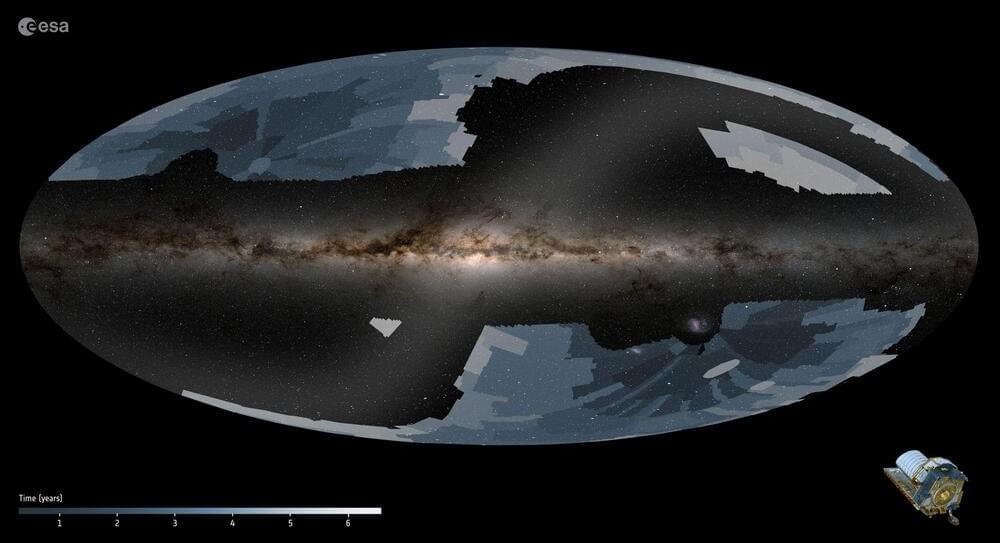
ESA’s Euclid mission was launched in July 2023 and has already sent home test images showing that its instruments are ready to go. Now, the space telescope begins mapping huge swaths of the sky, focusing on an area for 70 minutes at a time. Throughout its 6-year mission, it will complete 40,000 of these ‘pointings’, eventually observing 1.5 billion galaxies in the sky. Astronomers will use this map to measure how dark matter and dark energy have changed over time.